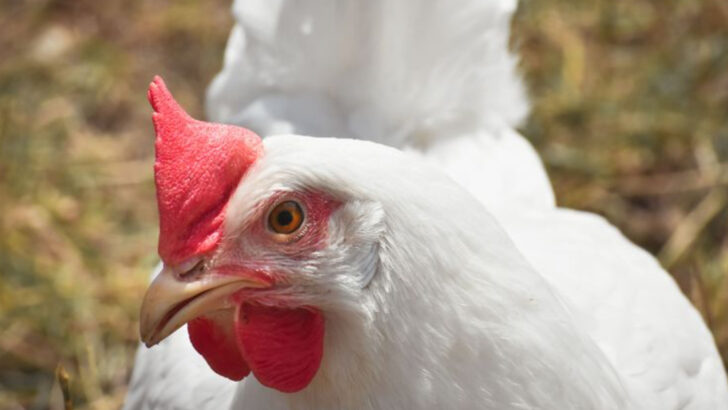Meet the chicken that puts in work—laying a staggering 300 eggs every year! If you’re looking for a powerhouse of productivity in your flock, this breed is the golden ticket.
Not only are they egg-laying machines, but their unique traits make them a top choice for poultry lovers. From their charming personalities to their impressive work ethic, these chickens are more than just farm animals—they’re little egg factories.
Curious about what makes this breed stand out? Let’s explore 13 fascinating facts about this egg-producing legend. Whether you’re a seasoned farmer or a backyard enthusiast, you’ll quickly see why these chickens are the MVPs of the poultry world. Get ready to be amazed!
Exceptional Egg Laying
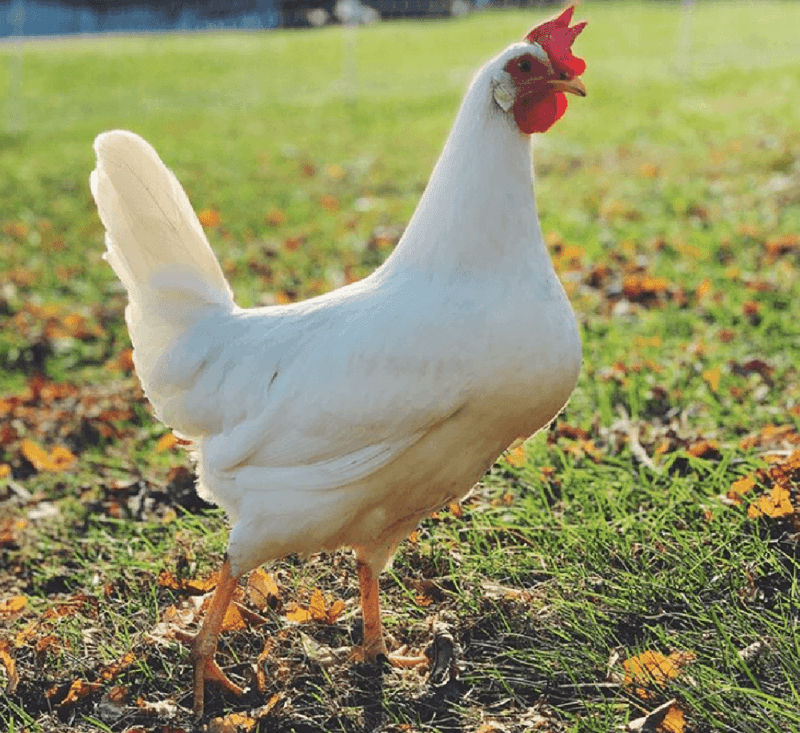
This chicken breed is renowned for its prolific egg-laying capabilities, producing approximately 300 eggs per year. Farmers and backyard enthusiasts love this trait because it ensures a steady supply of fresh eggs.
The hens start laying at a young age and continue consistently with proper care. A nutritious diet, comfortable living conditions, and stress-free environments are crucial to maintaining such productivity.
With its impressive egg count, this breed is ideal for those looking to maximize egg production without needing a large flock.
Nutritional Needs
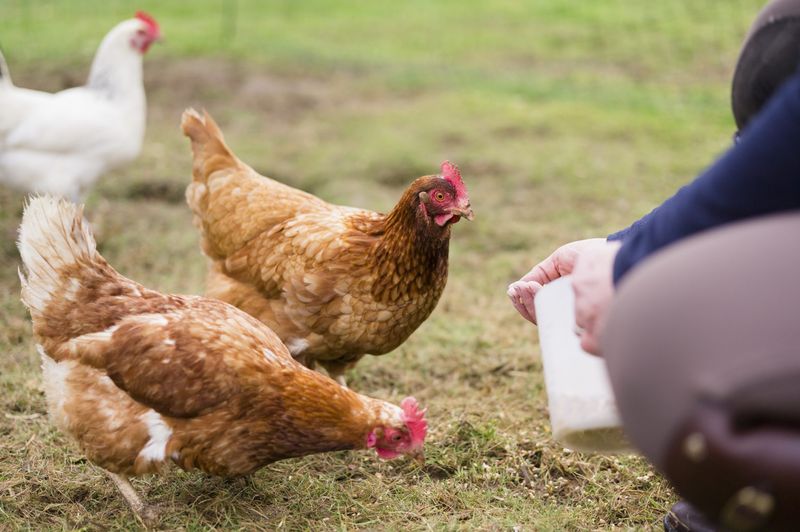
To sustain their high egg production, this breed requires a carefully balanced diet. A mix of high-quality grains, proteins, and fresh greens is essential.
Calcium supplements, such as crushed oyster shells, are vital to support eggshell strength. Providing clean water and adequate space for movement also encourages healthy laying habits.
Meeting their nutritional needs ensures not only quantity but also the quality of the eggs produced, making the investment in proper feed worthwhile for optimal results.
Friendly Temperament
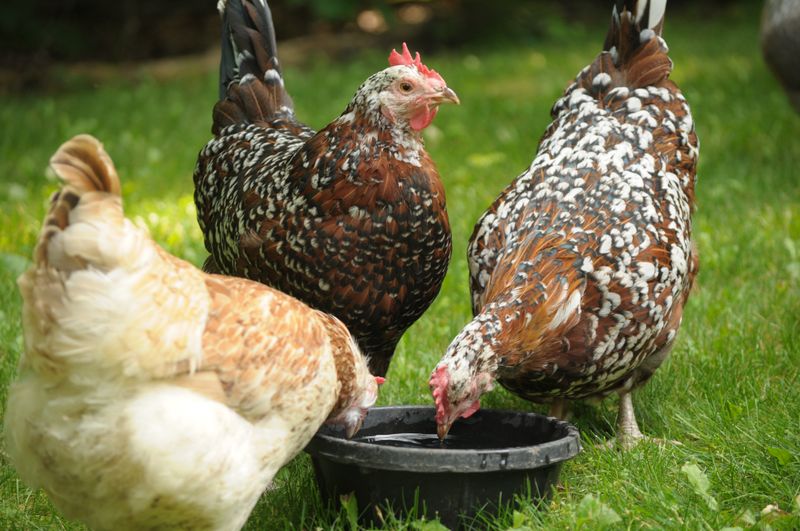
Known for their amiable and gentle nature, these chickens are a joy to have around. They quickly adapt to human interaction, making them perfect for family farms and backyard coops.
Their friendly disposition allows for easier handling and care, reducing stress for both the chickens and their keepers. This trait is particularly beneficial for first-time chicken owners.
Social by nature, they often enjoy the company of other chickens and humans, creating a harmonious environment in various poultry settings.
Ideal Living Conditions
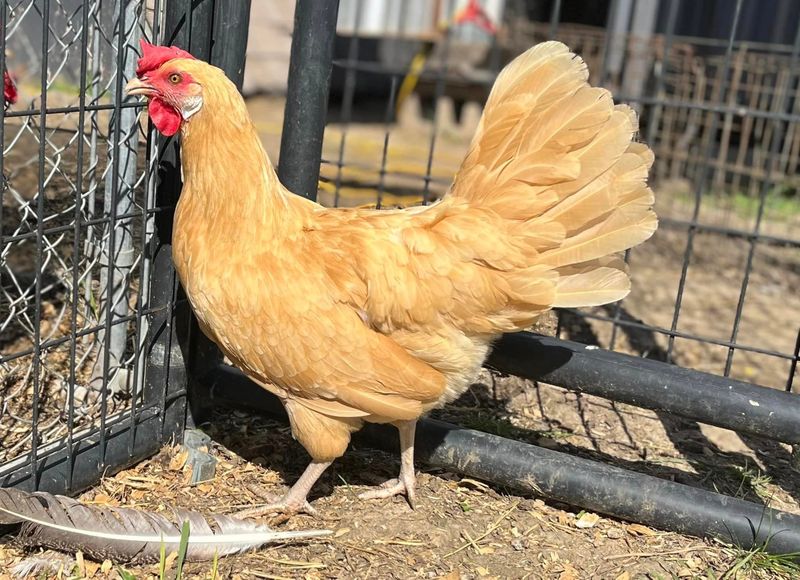
Creating a suitable living environment is key to maximizing this breed’s egg-laying potential. A spacious coop with good ventilation and natural lighting is ideal.
Including perches and nesting boxes ensures comfort and encourages natural behavior. Regular cleaning and maintenance of the coop prevent diseases, keeping the flock healthy.
Providing access to an outdoor run allows for exercise and foraging, which enhances overall well-being and productivity. A happy environment leads to better laying outcomes.
Unique Appearance
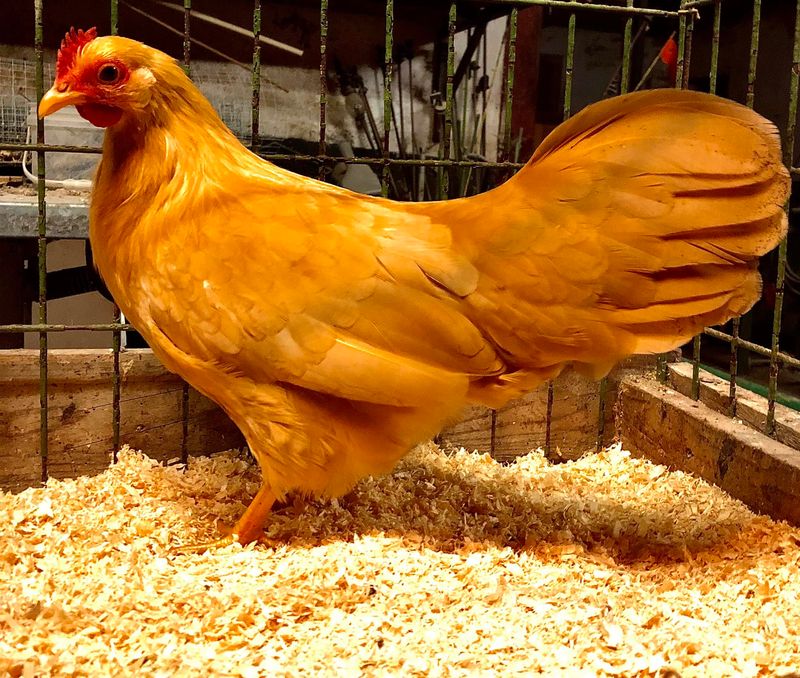
This breed boasts a striking appearance, with varied plumage colors and a bright comb. Their aesthetic appeal adds to the enjoyment of keeping them.
The vibrant feather patterns can range from classic white to intricate multi-colored designs, making each chicken unique.
These visual traits not only enhance their charm but also make them a delightful addition to any poultry collection, appealing to both amateur and experienced chicken keepers alike.
Broodiness Levels
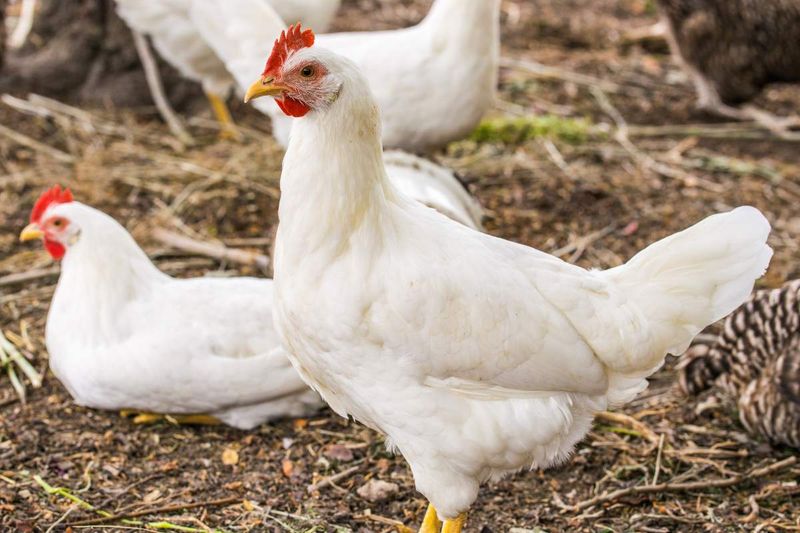
Unlike some other breeds, this chicken is not overly broody, meaning they do not frequently sit on eggs to hatch chicks. This quality is advantageous for those primarily interested in egg production.
When broodiness does occur, it can be managed by providing distractions and removing eggs promptly.
This controlled broodiness ensures more eggs are available for collection, fulfilling the primary purpose of keeping this breed for its egg-laying efficiency.
Cold Hardy Traits
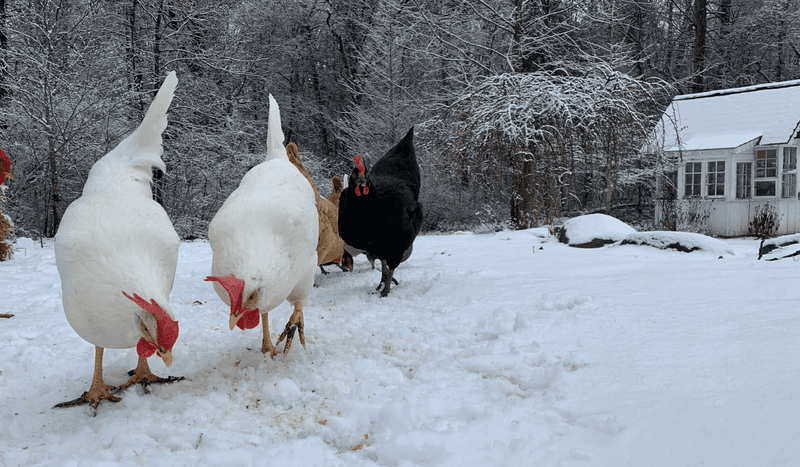
Built to withstand colder climates, this breed proves to be hardy in winter months. Their resilient nature allows them to continue laying, even when temperatures drop.
Adequate insulation in coops and access to unfrozen water are essential for their comfort and health.
Their ability to thrive in various weather conditions makes them a versatile choice for poultry keepers in diverse geographic locations, ensuring a year-round egg supply.
Community Favorite
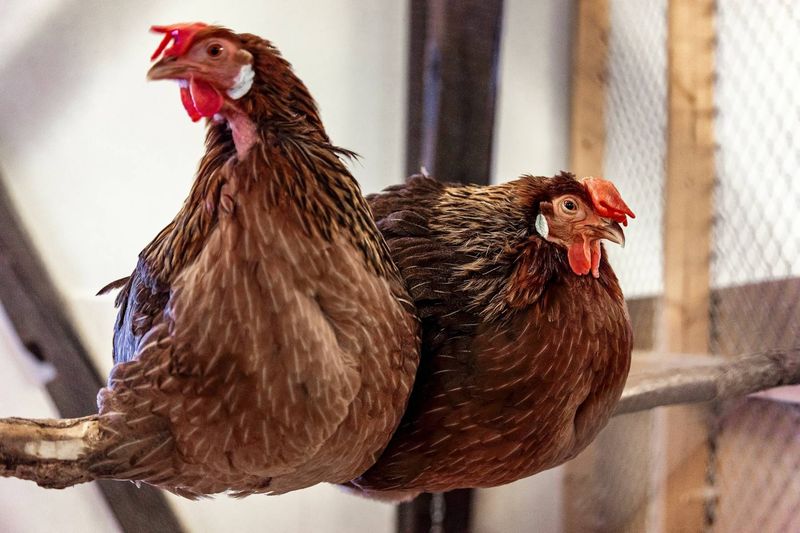
This breed’s productivity and pleasant demeanor have made it a favorite in local communities. Many farmers’ markets proudly feature eggs from these chickens, attracting regular customers.
Their reputation for reliable egg-laying and friendly nature boosts consumer confidence, leading to repeat business and word-of-mouth promotion.
Integrating this breed into community-based agriculture supports local economies and promotes sustainable farming practices, benefiting producers and consumers alike.
Lifespan Considerations
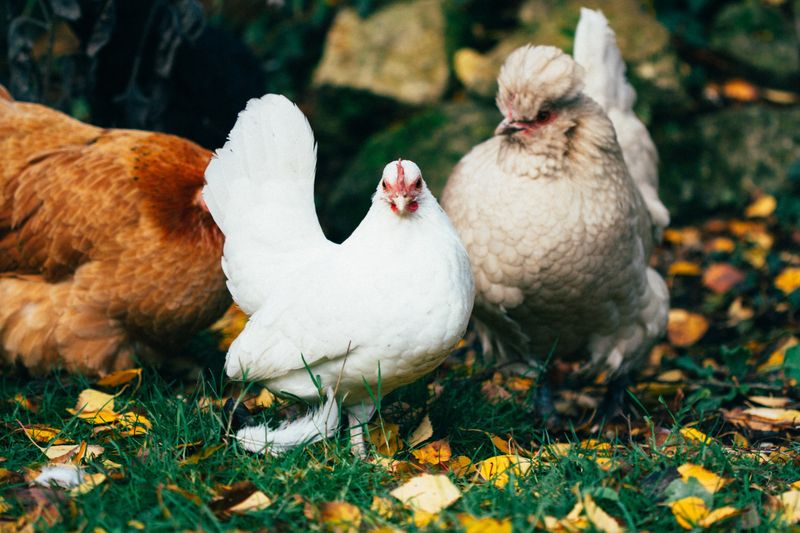
On average, this breed enjoys a lifespan of 5 to 8 years. Caring for them includes preparing for natural aging processes as egg production will decline over time.
Providing continued support, such as comfortable housing and adequate nutrition, enhances their quality of life even as productivity slows.
Understanding lifespan expectations allows owners to plan for new additions to the flock, ensuring ongoing egg production while caring for older chickens in their retirement years.
Health and Disease Management
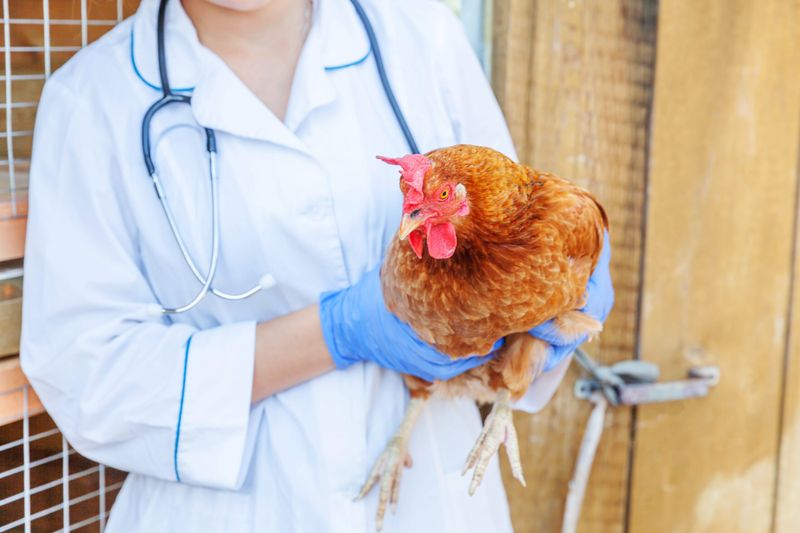
Maintaining the health of this chicken breed involves regular health checks and vaccinations. Prevention strategies are key to avoiding common poultry diseases.
Implementing biosecurity measures, such as limiting exposure to external birds and regular cleaning, helps protect the flock.
A proactive approach to health management ensures long-term productivity and reduces the likelihood of disease outbreaks, securing the well-being of the entire flock.
Training and Handling
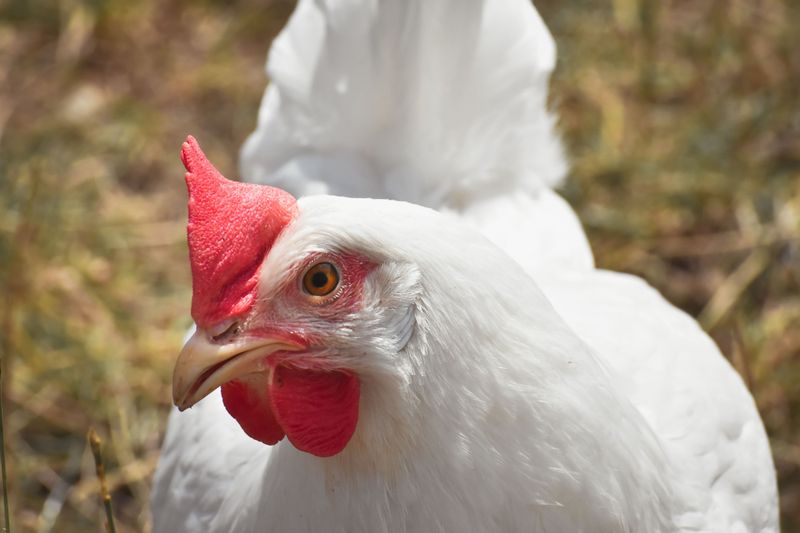
With their calm demeanor, these chickens are amenable to training and handling. Simple commands and routines can be established to assist in daily management.
Gentle handling from a young age fosters trust and makes health checks or relocation more straightforward.
Training enhances the bond between chickens and keepers, creating a rewarding experience for those involved in poultry farming. This adaptability further increases their appeal to a wide range of chicken enthusiasts.
Sustainability and Environmental Impact
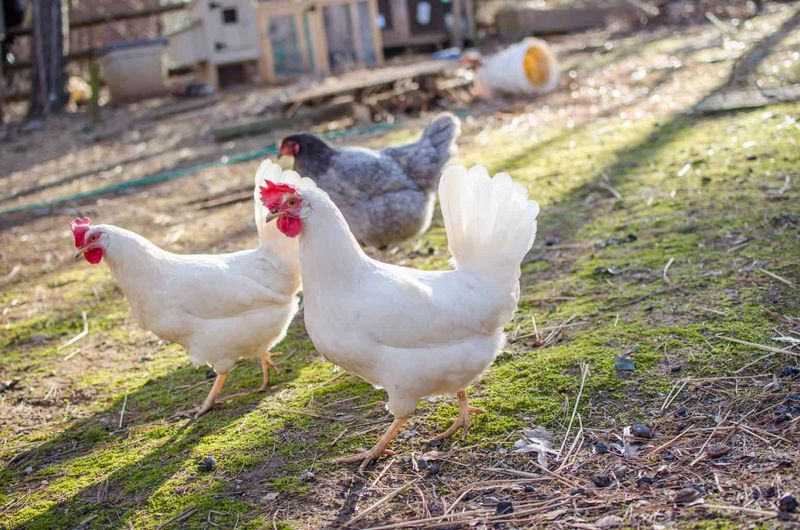
Choosing this breed contributes positively to sustainable farming practices. Their efficient egg production reduces the need for larger flocks, lowering resource consumption.
Encouraging free-range and organic methods minimizes environmental impact, promoting biodiversity around farms.
Supporting sustainable practices with this breed aligns with increasing consumer demand for environmentally responsible food sources, benefiting both the planet and future generations.
Economic Benefits
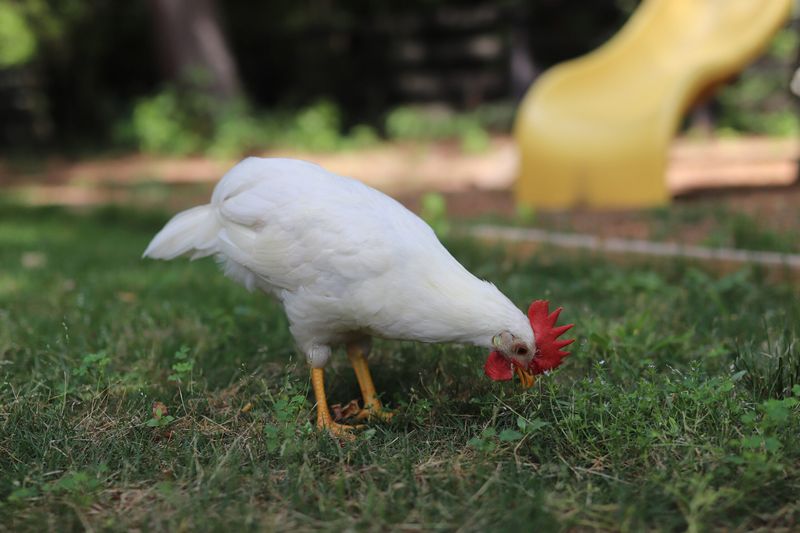
The economic advantages of keeping this chicken breed are significant. Their high egg production leads to a steady income stream for small-scale farmers and hobbyists.
Market demand for fresh, local eggs remains strong, providing reliable sales opportunities.
Investing in this breed is a financially sound decision for anyone looking to capitalize on poultry farming, ensuring both personal satisfaction and economic viability through consistent egg sales.

